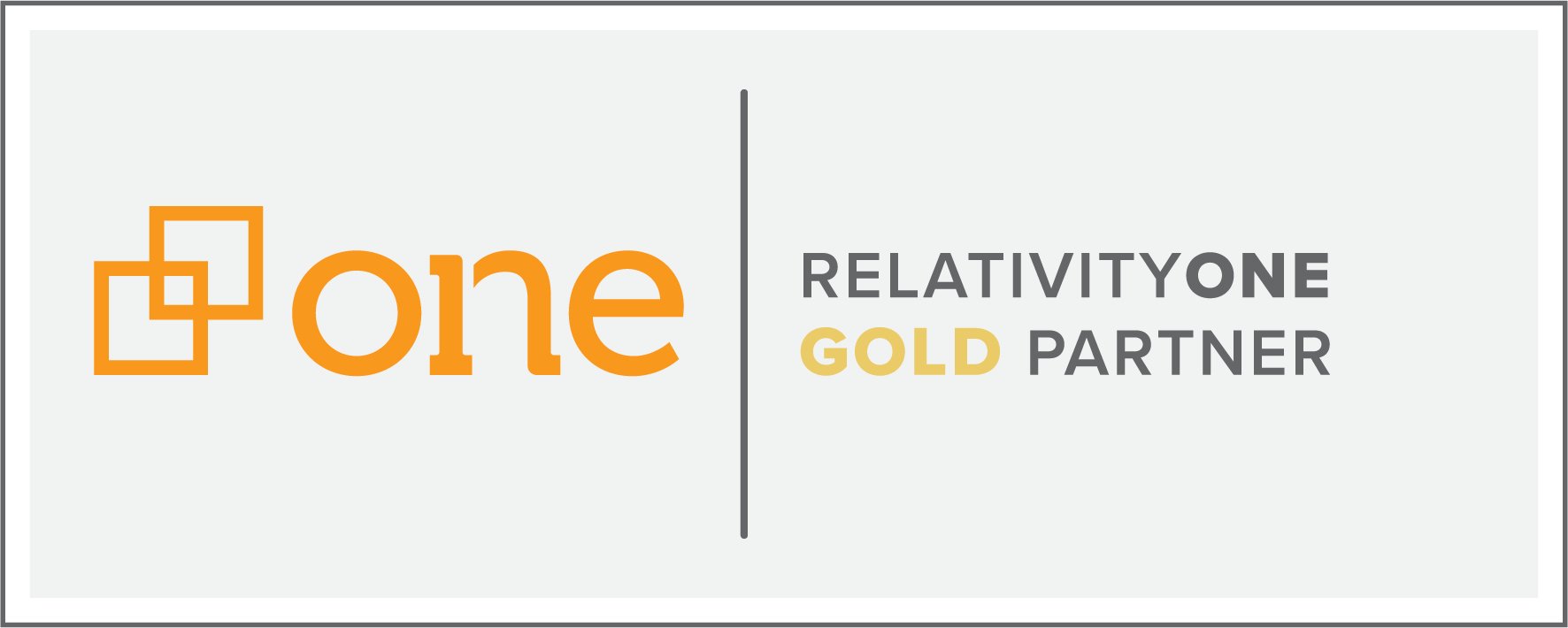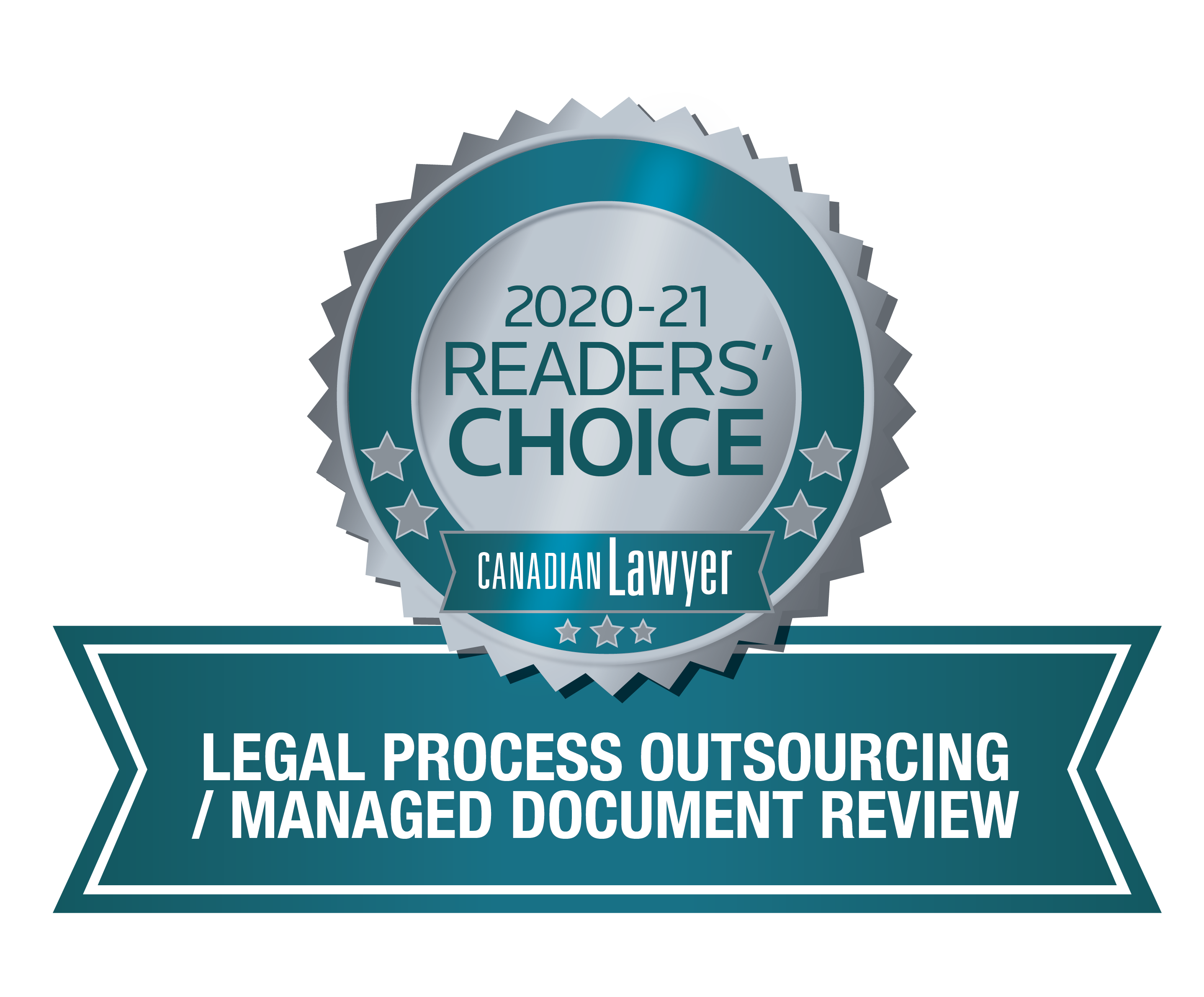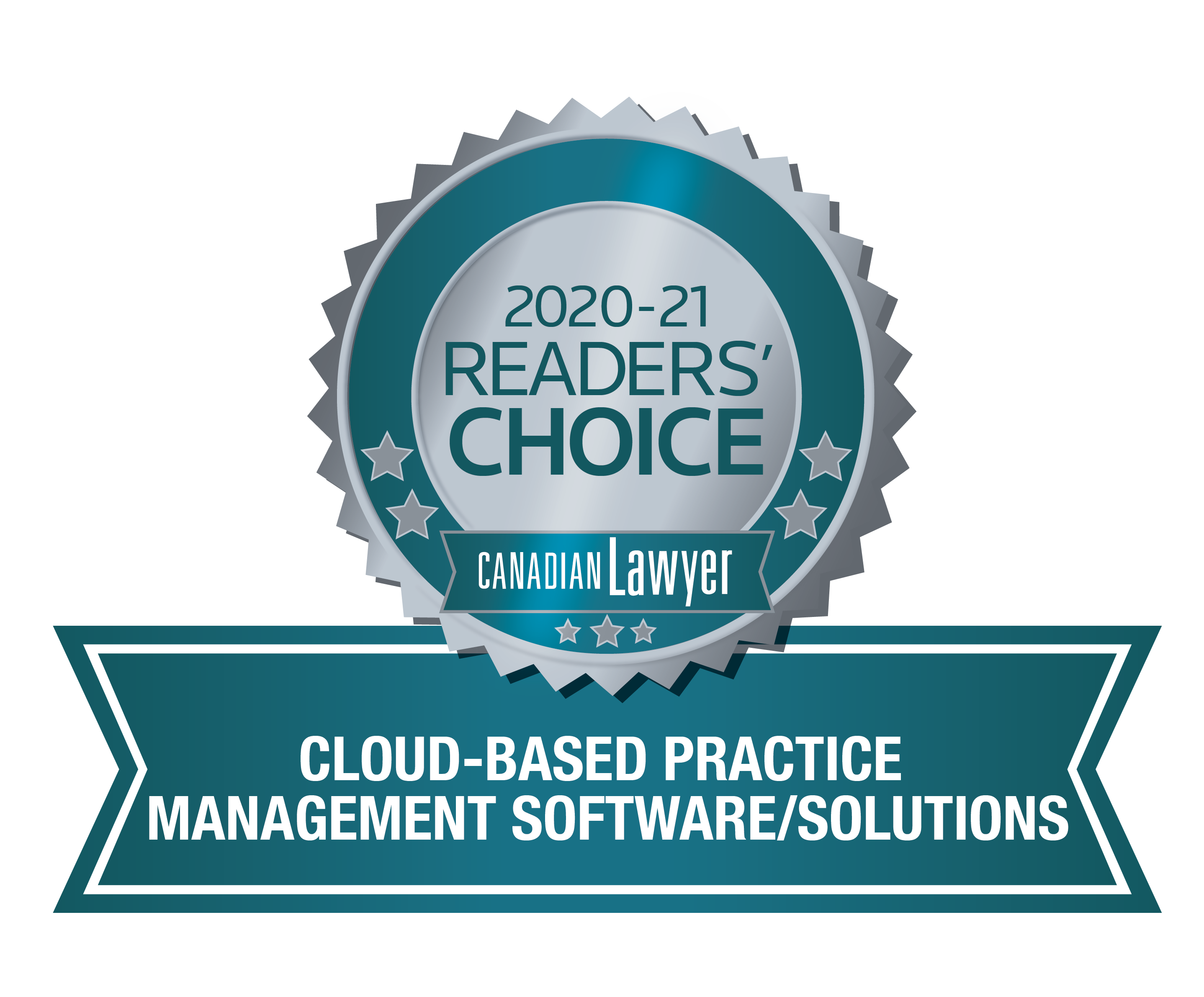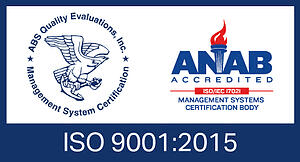 Do you remember the kid’s game “Where in the World is Carmen Sandiego?” The goal of the game was to track Carmen's villains around the world, arrest them and then ultimately arrest Carmen herself. The player begins the game by first going to the country where the crime took place and then obtaining hints from various sources on where the thief went next, leading to a chase around the world to find the thief before time runs out. (Source: Wikipedia.org)
Do you remember the kid’s game “Where in the World is Carmen Sandiego?” The goal of the game was to track Carmen's villains around the world, arrest them and then ultimately arrest Carmen herself. The player begins the game by first going to the country where the crime took place and then obtaining hints from various sources on where the thief went next, leading to a chase around the world to find the thief before time runs out. (Source: Wikipedia.org)
Understanding where your custodians are (or were) located can be a similar exercise to this 80’s game because in order to understand your case, you need to understand the custodians involved:
- Who are the custodians involved in the case?
- What are their job title(s)?
- Where are they located?
- When were they employed?
- Who did they each report to?
- How often did they each move around the organization (i.e. between departments or offices)?
With the help of your Human Resources department, your goal will be to get all of this information gathered and laid out in a format that will allow you to verify that you have everything you need for "Custodian X".
Unfortunately, it’s not as easy as simply gathering the custodian’s email, or network file shares. In a totally Centralized IT Environment, this information may be easily accessed and collected, your job done in a matter of hours. However, in a Decentralized IT Environment, this could take days… and depending on the Custodians employment history, it could turn into weeks.
So, before you start panicking that you’ll have to provide every scrap of data from wherever the custodian was located, let me clarify; the date range of the matter will play a significant role in helping to scale down the data when you actually start Identification and Collection.If a lifelong custodian has moved between several jobs and locations within your organization, perhaps it’s only the last 5 years that you’re actually interested in. Regardless, you still need to plan for the worst, and understand the custodian’s employment history, which then enables you to move into the Identification and Collection phase for each.
Following is a sample table to help visualize (click the image to view larger):
Using a table like this allows you to clearly lay out the history of employment for your custodians.
If you know who your custodians reported to, you can follow up with their previous managers to see if any historical paper files or electronic data was left behind when the custodian moved or left the company.
If you know where they were located, you can ask the IT Team:
- If there are location specific servers that you would need to consider in your identification and collection process. (ie: does each office have its own mail server or file server? What are the IT related policies and procedures at that location regarding when people move or leave the company?)
- If there were any major changes in the IT Infrastructure during the specific date range of the matter
You should also take into account if there were any major IT Staffing Changes. If there tends to be lot of turnover in an IT department and re-assignment of roles and responsibilities, some of the information or knowledge that you require may not be found with the current IT Staff. You may need to develop an IT Contact List that will allow you to reach out to previous IT employees to find out what may have been done “way back when”. Just be sure to track who you talked to and who ultimately provided the data.
With all these pieces of information, you can begin to map out the potential data sources that may need to be considered when searching for Custodian X’s data. Using the table above, you can turn it into a tracking tool with additional data items built into it (click the image to view larger):
The four columns that were added to our original table provide some examples of information you could capture. But what you capture here depends on a number of factors:
- The complexity of the matter
- The number of custodians
- The number of systems being considered in the identification and collection phase (email, files, document management systems, archive systems, and the like)
A simple linear spreadsheet may not work in all cases, but this principle of documenting who your custodians are and tracking their data in a logical way, is what you will need to show both your inside and outside legal counsel…
And ultimately allow you to answer the question, “Where in the World is Custodian X?!?”










